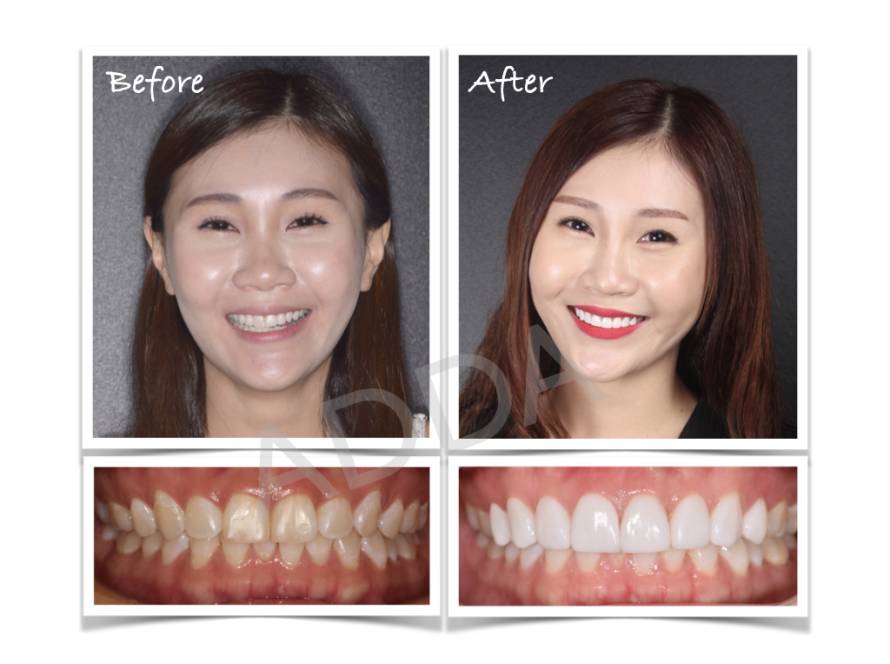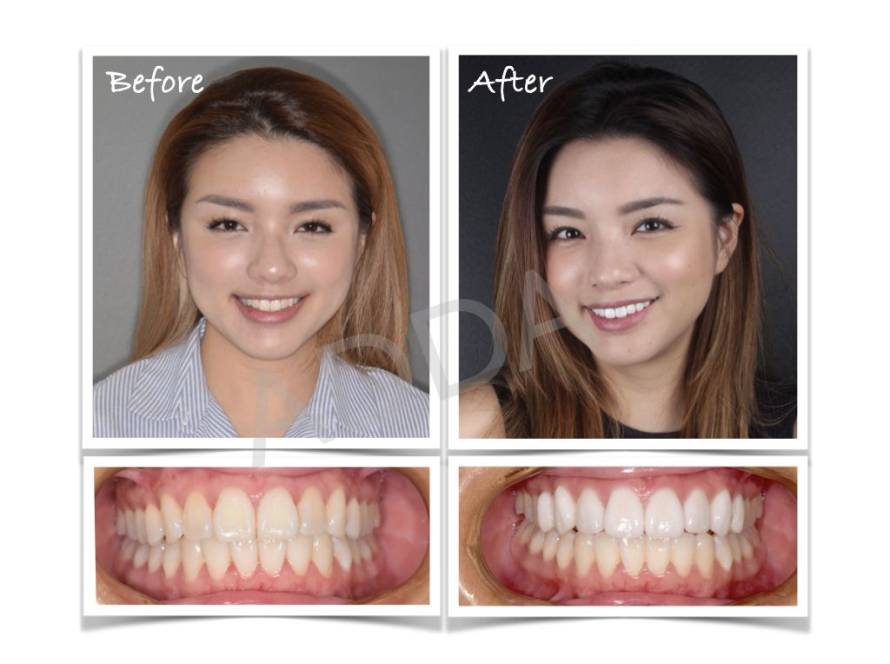Did you know that the smile is the most studied human facial expression? A recent study reviewed the dynamic characteristics of successful smiles using 3D computer animation technology. Thanks to the fascinating results of the study, experts have new insight to use in the fields of computer graphics, psychology, and facial reanimation surgery. This kind of research is also valuable for Invisalign providers in Singapore and throughout the world, as they conduct smile makeovers that can make people’s lives better.
Assembling the Team
The research team consisted of Nathaniel E. Helwig, Nick E. Sohre, Mark R Ruprecht, Stephen J. Guy, and Sofia Lyford-Pike. These scientists were all interested in the dynamics of smiles and how those dynamics are perceived by other people.
Creating the Smiles
To conduct the study, the team used a computer animation tool that enabled them to tweak specific aspects of a smile in 3D. The researchers created a number of 3D computer animations of smiles, with different amounts of dental show, varying angles, and different levels of symmetry. Some of the smiles were small, while others were wider.
Recruiting Participants
Next, the team recruited 802 people to participate in the second phase of the study. They took steps to ensure that they selected a diverse group of participants, so as not to skew any results. Each person from the pool of 802 participants was asked to view the 3D smile animations and rate them. Participants had to gauge a number of factors. Was the smile genuine? Was it pleasant or effective? What kind of emotional intent did the smile convey?
Defining the Successful Smile
Typically, a “successful smile” is one that seems genuine and pleasant. It’s effective in its emotional intent, making others feel calmer, happier, more pleasant, and more inclined to relate positively to the person who is smiling.
Examining the Results
According to the study, there is no one specific smile construction that is perfect in all areas. In fact, the team found that successful smiles can come in a variety of shapes and sizes. In the researchers’ words, “We found that a successful smile can be expressed via a variety of different spatiotemporal trajectories.”
However, there were some common elements of “mouth angle, smile extent, and dental show combined with dynamic symmetry” that were enlightening for the researchers. For example, smiles with extreme angles got very low ratings and were not successful. Smiles with medium or large angles required more dental show to be successful, while small smiles were rated better when there was minimal or no dental show.
Using the Results for the Future
The research team primarily envisions their results helping doctors and dentists who are treating patients with facial damage or paralysis. Because of their muscular damage or partial paralysis, these individuals may be misunderstood or viewed with uncertainty by others in society. With a better understanding of smile dynamics, medical experts can develop new types of reconstructive surgery and therapy to help these individuals display their emotions accurately.
Understanding the Importance of a Smile Makeover
An Invisalign dentist, whether in Singapore or elsewhere in the world, has the important job of designing each patient’s new smile. A dentist may not be able to control certain aspects of the smile, such as the movement of lips and muscles, but he can affect aspects of symmetry, width, and dental show in many cases. With careful study and understanding of the mechanics of a successful smile, dentists can plan smile makeovers that improve their patients’ professional and personal lives.



